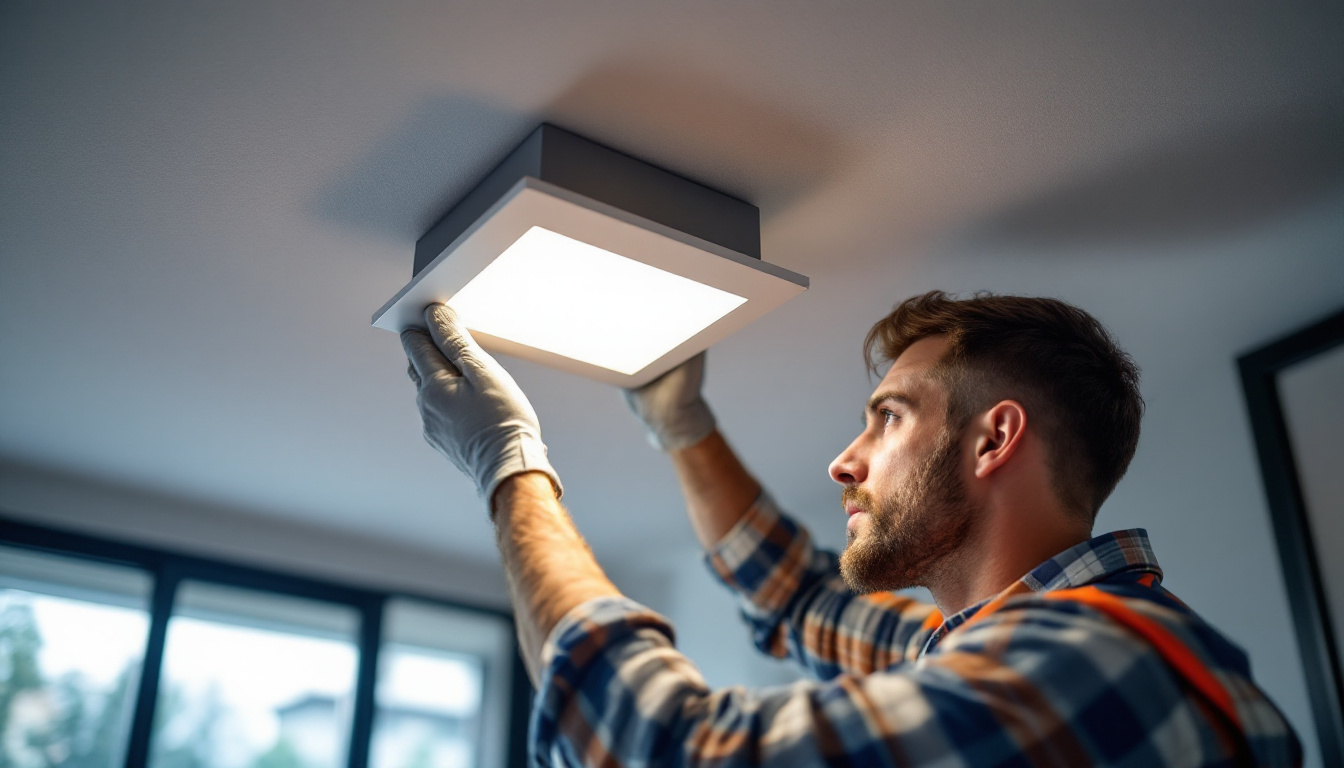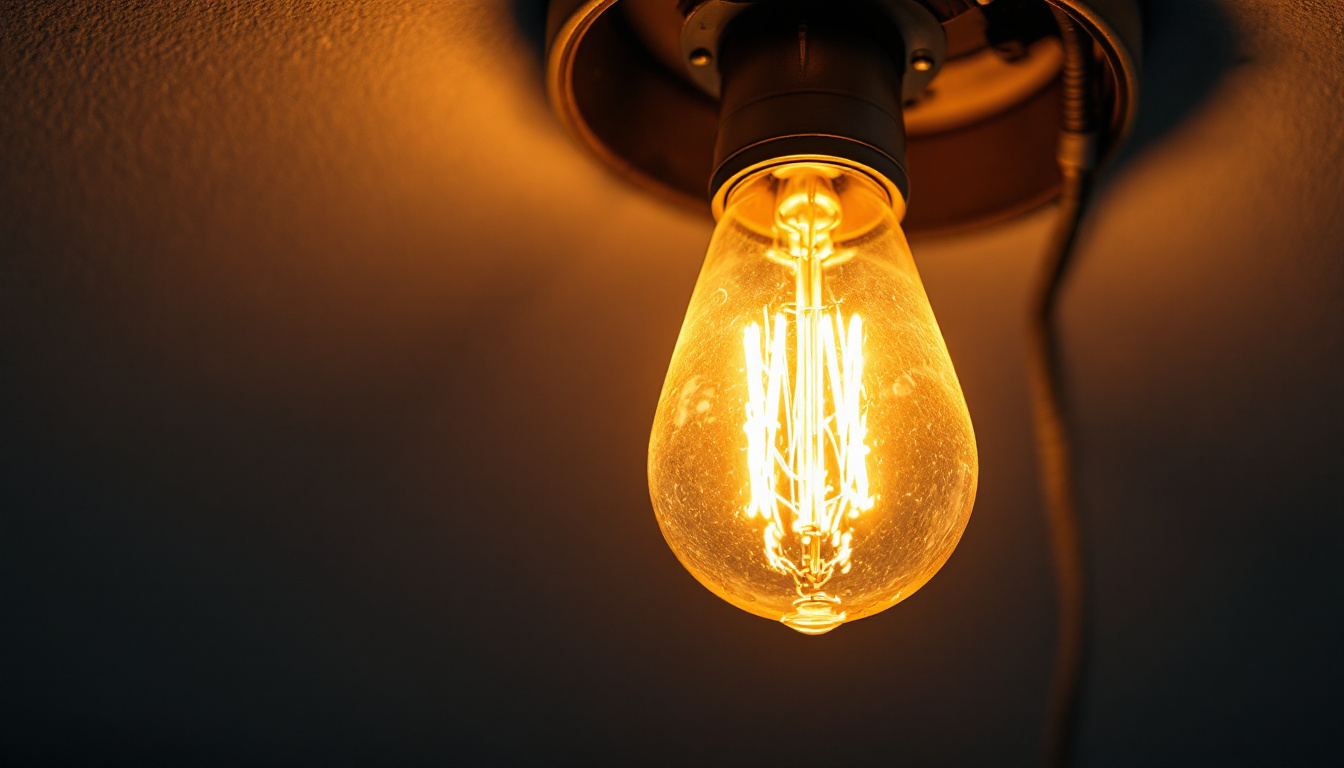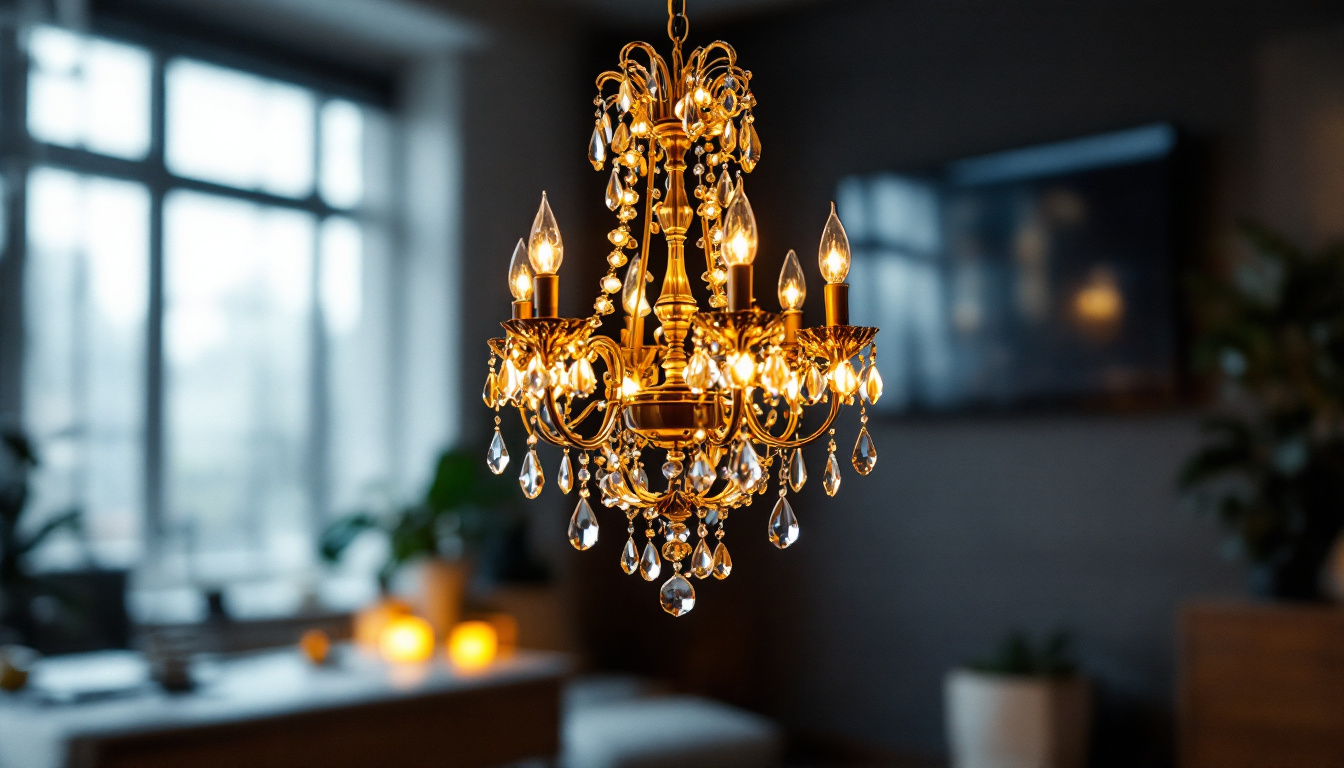

As lighting contractors navigate the complexities of installation and design, understanding the nuances of recessed square drive systems becomes increasingly important. This guide aims to illuminate the common pitfalls associated with these systems, providing practical insights to enhance the efficiency and quality of lighting installations.
Recessed square drive systems are integral to modern lighting design, offering a sleek and unobtrusive way to incorporate lighting into various environments. These systems are often used in commercial and residential settings, providing both aesthetic appeal and functional illumination.
At their core, recessed square drive fixtures consist of a housing that is installed into the ceiling, allowing the light source to be flush with the surface. This design not only enhances the visual space but also minimizes glare and shadows, creating a more inviting atmosphere. The seamless integration of these fixtures into the ceiling can make a room feel larger and more open, as the eye is drawn upward without the distraction of bulky light fixtures.
Understanding the components of recessed square drive systems is essential for effective installation. Typically, these systems include the housing, trim, and light source. The housing is the structural element that holds the fixture in place, while the trim provides the finishing touch that can vary in style and color. Depending on the design aesthetic desired, trims can be found in various shapes and finishes, from sleek metallics to painted options that blend seamlessly with the ceiling.
Moreover, the light source can range from LED to incandescent, each offering different benefits. LEDs, for instance, are energy-efficient and have a longer lifespan, making them a popular choice among contractors aiming for sustainability. Additionally, advancements in LED technology have led to a variety of color temperatures, allowing designers to choose warm or cool lighting to create the desired ambiance. This flexibility makes recessed square drive systems not only practical but also a powerful tool for achieving specific moods in any space.
Recessed square drive systems are versatile and can be applied in various settings. In commercial spaces, they are often used to create a clean and modern look, enhancing the overall design while providing adequate lighting for workspaces. In residential settings, these fixtures can highlight architectural features or provide ambient lighting in living areas. For example, strategically placed recessed lighting can draw attention to artwork or decorative elements, adding depth and interest to the room.
Furthermore, the adaptability of recessed square drive systems allows for creative solutions, such as accent lighting or task lighting, which can significantly improve the functionality of a space. In kitchens, recessed lights can be installed above countertops to provide focused illumination for cooking and food preparation, while living rooms can benefit from layered lighting that combines recessed fixtures with other light sources for a warm, inviting atmosphere. This versatility not only enhances the practicality of lighting design but also empowers homeowners and designers to create personalized environments that reflect their unique tastes and needs.
While recessed square drive systems offer numerous advantages, several common pitfalls can arise during installation. Awareness of these issues can help contractors avoid costly mistakes and ensure a successful project outcome.
One of the most frequent mistakes in the installation of recessed square drive systems is improper sizing and placement. Selecting the right size fixture for the intended space is crucial. Fixtures that are too small may fail to provide adequate illumination, while those that are too large can overwhelm the design.
Additionally, placement is key. Fixtures should be strategically positioned to maximize light distribution and minimize shadows. A common guideline is to space fixtures approximately 4 to 6 feet apart, depending on the height of the ceiling and the desired lighting effect. It’s also important to consider the function of the space; for instance, in areas designated for reading or detailed work, fixtures may need to be placed closer together to ensure sufficient brightness. Furthermore, the layout of furniture and architectural elements can influence fixture placement, necessitating a careful assessment of the entire room before installation begins.
Electrical considerations are paramount when installing recessed square drive systems. Contractors must ensure that the electrical supply is adequate for the number of fixtures being installed. Overloading circuits can lead to flickering lights or, worse, electrical fires.
Moreover, it is essential to adhere to local electrical codes and regulations. These codes are designed to ensure safety and compliance, and neglecting them can result in fines or the need for costly rework. Additionally, contractors should take into account the type of dimming systems being used, as compatibility issues can arise between different fixtures and dimmers, leading to performance problems. Properly labeling circuits and ensuring that all connections are secure can prevent future headaches and enhance the reliability of the lighting system.
While functionality is critical, the aesthetic integration of recessed square drive systems should not be overlooked. Fixtures should complement the overall design of the space, including color schemes and architectural features. Ignoring this aspect can lead to a disjointed look that detracts from the intended ambiance.
Contractors should consider the trim style, finish, and even the beam angle of the light source to ensure that the fixtures blend seamlessly with the environment. This attention to detail can significantly enhance the overall appeal of the installation. Additionally, exploring various lighting temperatures can create different moods; for example, warmer tones may be more suitable for cozy living spaces, while cooler tones can enhance productivity in work areas. Engaging with clients to understand their vision and preferences can lead to a more harmonious design, ultimately elevating the space and satisfying the end-user’s expectations.
To avoid the pitfalls associated with recessed square drive systems, contractors should adhere to several best practices that promote successful installation and long-term satisfaction.
Before installation begins, thorough planning and design are essential. This process should include a detailed assessment of the space, considering factors such as ceiling height, room dimensions, and the intended use of the area. Engaging with clients to understand their vision and requirements can also lead to a more tailored and effective lighting solution.
Creating a lighting plan that outlines the placement, type of fixtures, and electrical needs can serve as a roadmap for the installation process. This level of preparation can help prevent missteps and ensure a smoother workflow.
Investing in quality materials is another best practice that can significantly impact the success of recessed square drive installations. High-quality fixtures not only perform better but also offer greater durability and longevity. This is particularly important in commercial settings where lighting systems are subject to frequent use.
Additionally, using reputable electrical components can reduce the risk of failures and enhance safety. Contractors should prioritize sourcing materials from trusted suppliers known for their commitment to quality and reliability.
Maintaining regular communication with clients throughout the installation process is crucial. This ensures that any changes or adjustments can be addressed promptly, minimizing disruptions and aligning the project with client expectations.
Furthermore, providing clients with updates on progress and any potential challenges can foster trust and transparency. This approach not only enhances the client experience but can also lead to positive referrals and repeat business.
Once the installation of recessed square drive systems is complete, several post-installation considerations should be addressed to ensure ongoing satisfaction and performance.
After installation, it is essential to conduct thorough testing of the lighting system. This includes checking for proper functionality, verifying that all fixtures are operating as intended, and ensuring that the light distribution meets the design specifications.
Adjustments may be necessary to optimize the lighting effect. This could involve repositioning fixtures or changing the light source to achieve the desired ambiance. Taking the time to fine-tune the system can significantly enhance the overall quality of the installation.
Educating clients about the operation and maintenance of their new recessed square drive systems is a vital post-installation step. Providing them with information on how to adjust settings, replace light sources, and perform basic maintenance can empower clients and enhance their satisfaction.
Additionally, offering guidance on energy efficiency and best practices for usage can contribute to lower energy costs and prolong the lifespan of the fixtures. This proactive approach can foster a positive relationship with clients and encourage them to reach out for future projects.
Establishing a follow-up schedule for maintenance and inspections can help ensure the longevity of recessed square drive systems. Regular check-ins can identify potential issues before they escalate, allowing for timely repairs and adjustments.
Moreover, offering maintenance services can create an additional revenue stream for contractors while enhancing client satisfaction. Clients are more likely to appreciate a contractor who is invested in the long-term performance of their lighting systems.
Recessed square drive systems offer a modern and efficient solution for lighting design, but they come with their own set of challenges. By understanding the common pitfalls and adhering to best practices, lighting contractors can enhance their installation processes and deliver exceptional results.
From thorough planning and quality materials to regular communication and post-installation support, each step plays a crucial role in the success of recessed square drive installations. By prioritizing these elements, contractors can not only avoid pitfalls but also elevate their reputation in the industry, ensuring a bright future for their business.
Ready to take your lighting projects to the next level? LumenWholesale is here to support you with high-quality, spec-grade lighting products at unbeatable wholesale prices. Say goodbye to local distributor markups and hello to superior lighting solutions that meet the highest industry standards. With free shipping on bulk orders, you can stock up on everything you need for your recessed square drive installations and more, ensuring reliability and performance without the hidden fees. Elevate your lighting installations with the perfect blend of quality, affordability, and convenience. Wholesale Lighting at the Best Value is just a click away.

Discover the key differences between fluorescent and LED lighting in this insightful article.

Discover the top five reasons why lighting contractors should prioritize addressing flickering light bulbs in ceiling fixtures.

Discover the essential checklist for lighting contractors to ensure flawless can lighting installations.

Discover essential insights into chandelier lighting that every contractor should know.
Get notified when NEW deals are released.
Optimize your budget with wholesale discounts.
Only top-quality, specification-grade lighting products.
No additional costs at checkout - what you see is what you pay.
We understand the unique needs of contractors.